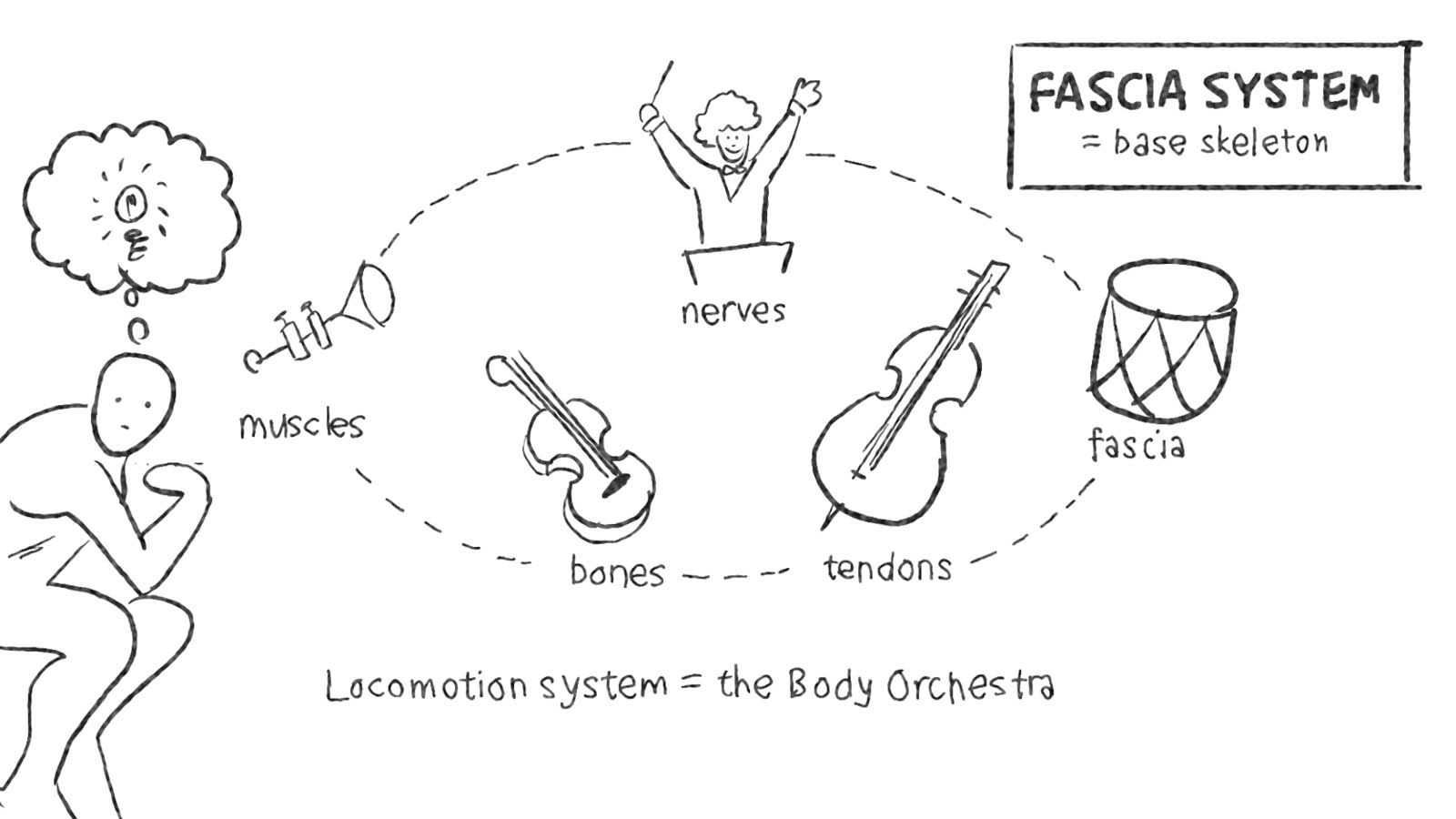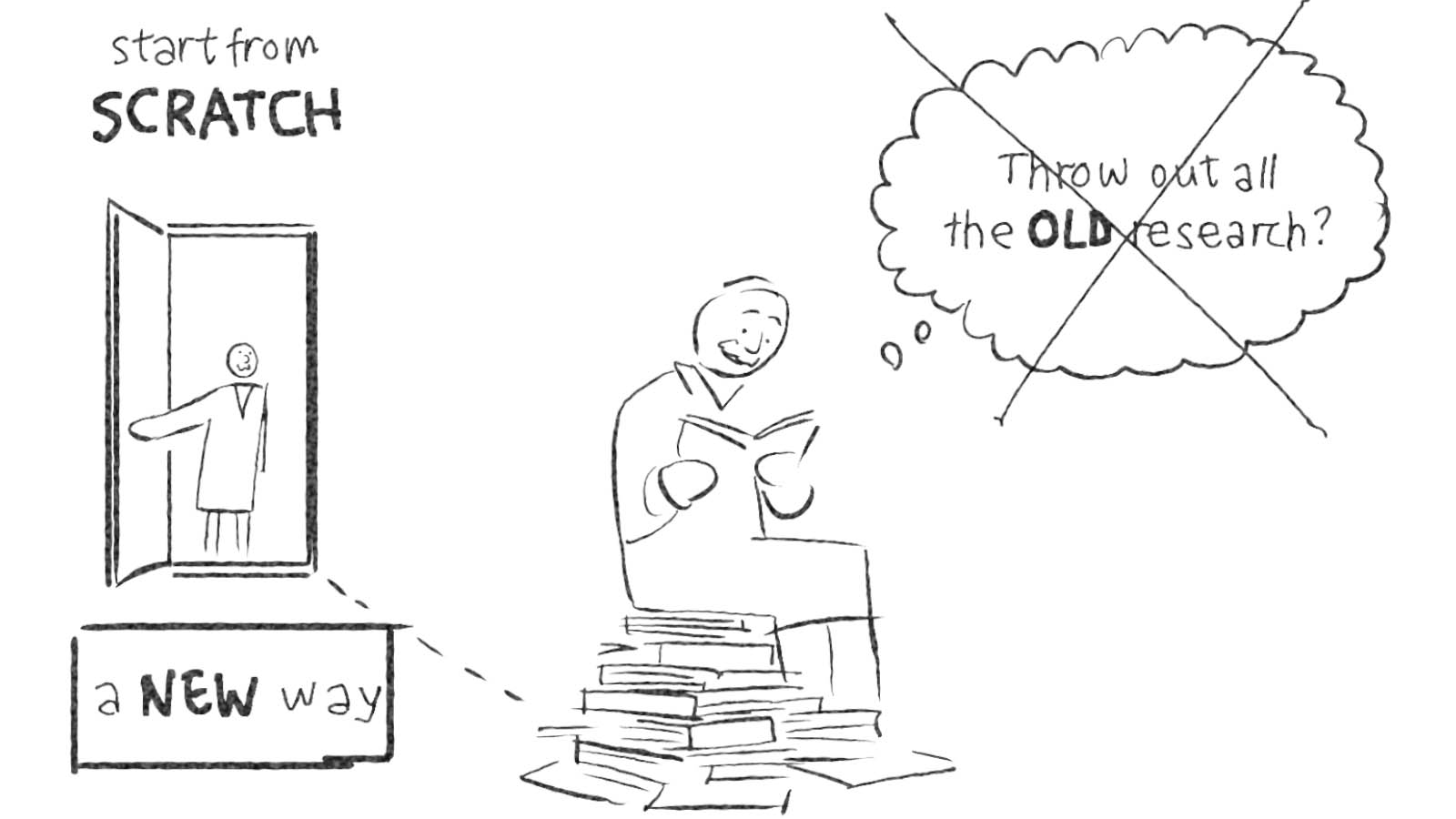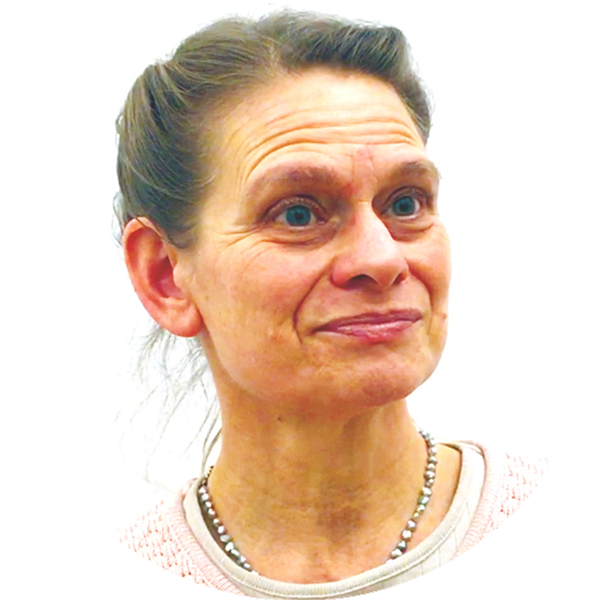

Fascia expert: “An explosion of new research in the last 10 years”
Join the Fascia Conversation Today!
In 2015 veterinary Vibeke S Elbrønd published the first report on Fascia and horses. To make that happen she had to learn all there was regarding fascia, she had to become a fascia expert.
When meeting her in Copenhagen in February we asked this expert: What has happened in the last 10 years of anatomical research. The answer became this animation.
Fascia is a new way of thinking
A lot has happened during the last ten years. Most of it is actually in human research. It has opening up ways of thinking, a new way of thinking.
We have been very focused on how the locomotion system is related to the functions of muscles, functions of bones, functions of tendons, however we tend to forget that it is the fascia system that is connecting everything and that it is the fascia system which is the base skeleton of everything; and of the whole body.
All the other things are just put into it. So it is a new paradigm which is opening up a new way of thinking. Also since a very close interaction with the nervous system has been found.

Part of the skepticism is also that people can see that they have to think in a new way. They have to approach the diagnosis they make and include another factor which might be over-ruling all the other factors that we have focused on before. Therefore people have to start from scratch when doing this.
But it does not mean that they have to throw out all the old knowledge because this is something on top of it. This is the knowledge that will combine the things they already know and make it much more three-dimensional and go much more in-depth than they have done before.

Under current conditions, we can easily show that parts in the body are connected, but it is difficult in a three-dimensional system to show that if you are doing a certain thing, then this and this happen. You have a three-dimensional system that is working all over the body, it is interacting in conjunction all way around. So this is the clinical part of it that has to be evaluated and validated so that you can see that the treatment is working. Because the structure and function and architecture of the fascia that is pure anatomy, and there is no hocus pocus about that.
We have to approach the phenomenon in an entirely different way. That is a huge challenge because we need to sit down and get into this from the ground-up to understand what is going on.





















































